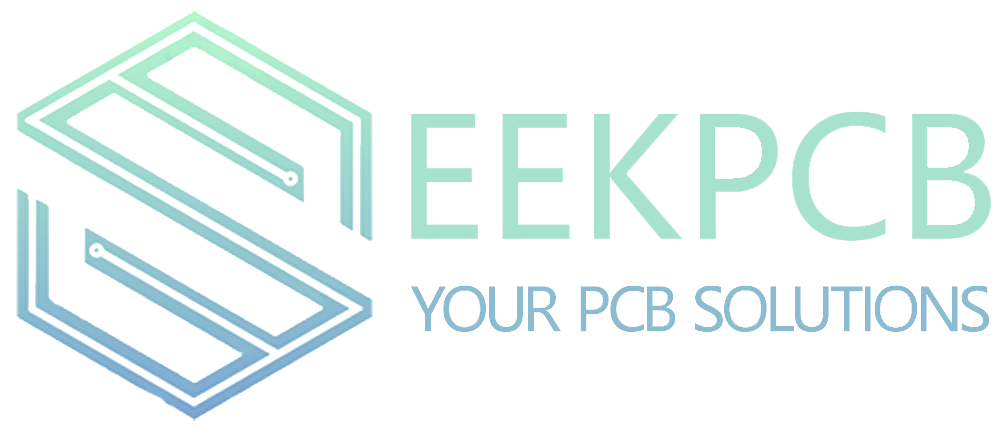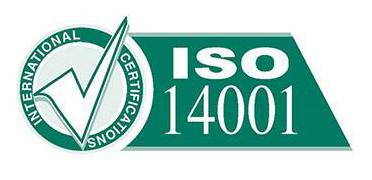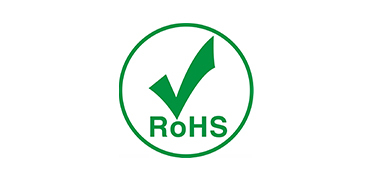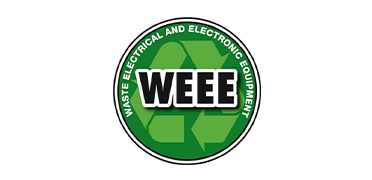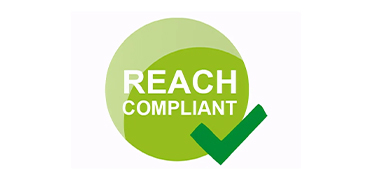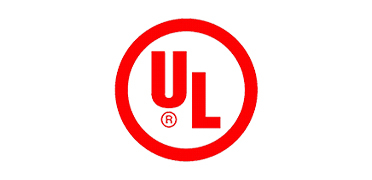







What is the pcb board design steps
1. Preparation
The preparation includes preparing the component library and schematic diagram. Before the PCB design, the schematic SCH component library and PCB component package library must be prepared.
The PCB component package library is best established by the engineer according to the standard size data of the selected device. In principle, the PC component package library is established first, and then the schematic SCH component library is established.
PCB component package library has high requirements, which directly affects the installation of PCB; Schematic SCH component library requirements are relatively loose, but care should be taken to define the pin properties and the corresponding relationship with the PCB component package library.
2. PCB structure design
According to the determined circuit board size and mechanical positioning, draw the PCB board frame in the PCB design environment, and place the required connectors, keys/switches, screw holes, assembly holes, etc., according to the positioning requirements. Fully consider and determine the circuit area and non-circuit area (such as how much of the area around the screw hole belongs to the non-circuit area).
3. Printed circuit board layout design
The PCB layout design is to place the device in the PCB board frame according to the design requirements. Generate the network table (Design→Create Netlist) in the schematic tool, and then Import the network table (Design→ import Netlist) in the PCB software. After the network table is successfully imported, it will be stored in the software background. All devices can be pulled out through the Placement operation, and there is a flying line connection between the pins. Then the device layout can be designed.
PCB layout design is the first important process in the entire pcb board design steps, the more complex PCB board, the better or worse the layout can directly affect the difficulty of the realization of later wiring. Layout design depends on the circuit board designer's basic circuit skills and design experience, which is a higher level of requirements for circuit board designers. The experience of junior circuit board designers is still shallow, suitable for small module layout design or PCB layout design tasks with low difficulty of the whole board.
4. PCB wiring design
PCB wiring design is the most workload process in the entire pcb board design steps, which directly affects the performance of the PCB board. Wiring generally has three states:
The first is routing network unblocked, which is the most basic entry requirement for PCB design.
The second is the satisfaction of electrical performance, which is a measure of whether a PCB board is qualified, after the circuit layout, carefully adjust the circuit, so that it can achieve the best electrical performance.
Once again, neat and beautiful, disorderly wiring, even if the electrical performance passes, it will bring great inconvenience to the later optimization and testing and maintenance of the board, the wiring requirements are neat and uniform, and can not be criss-crossed without any rules.
5. Wiring optimization and silk-screen placement
"PCB design is not the best, only better" "PCB design is a defective art", mainly because PCB design to achieve all aspects of hardware design needs, and individual needs may be conflicting, can not have both.
For example, a PCB design project needs to be designed into a 6-layer board after board designer evaluation, but the product hardware must be designed into a 4-layer board for cost considerations, then the signal shielding layer can only be sacrificed, resulting in an increase in signal crosstalk between adjacent wiring layers and a decrease in signal quality.
The general design experience is that the time to optimize the wiring is twice the time of the initial wiring. After the optimization of PCB layout is completed, post-processing is required. The main processing is the silk screen logo on the PCB surface. During the design, the bottom silk screen characters need to be mirrored to avoid confusion with the top screen printing.
6. Network DRC and structure inspection
Quality control is an important part of the PCB board design steps, the general quality control means include: design self-check, design mutual check, expert review meeting, special inspection, etc.
Schematic diagram and structural element diagram are the most basic design requirements, and the network DRC and structural inspection are to confirm that the PCB design meets the two input conditions of schematic diagram and structural element diagram respectively. Generally, circuit board designers have their own accumulated design quality Checklist, in which the entries are partly derived from company or department specifications and partly from their own experience. The special inspection includes the Valor inspection of the design and the DFM inspection, which focus on the PCB design output back-end processing light drawing file.
What are the commonly used design software
In PCB design, the following are some commonly used software:
1. Altium Designer is a powerful and comprehensive PCB design software that provides a full range of tools and features for simple to complex board designs.
2. Cadence Allegro: A wide range of advanced PCB design tools, powerful and flexible, suitable for a variety of complex board design needs.
3. Mentor Graphics PADS: A suite of popular PCB design software that offers an easy-to-use interface and a wide range of features for small to medium-sized projects and rapid prototyping.
4. KiCad: KiCad is an open source PCB design software with a user-friendly interface and a range of design tools for learning and small-scale projects.
5. Eagle: A popular PCB design software that is easy to learn and use, suitable for beginners and small projects.
SeekPCB has rich experience in electronic product design, professional R & D team, standard product quality control system and production capacity, from the perspective of product system, through the detailed analysis of product schematic, PCB, structure, from the source to solve the EMC problem of the product. Ensure to provide enterprises with fast, efficient, low-cost, mass-produced rectification solutions to maximize the benefits of customers.
+86-18925293263
